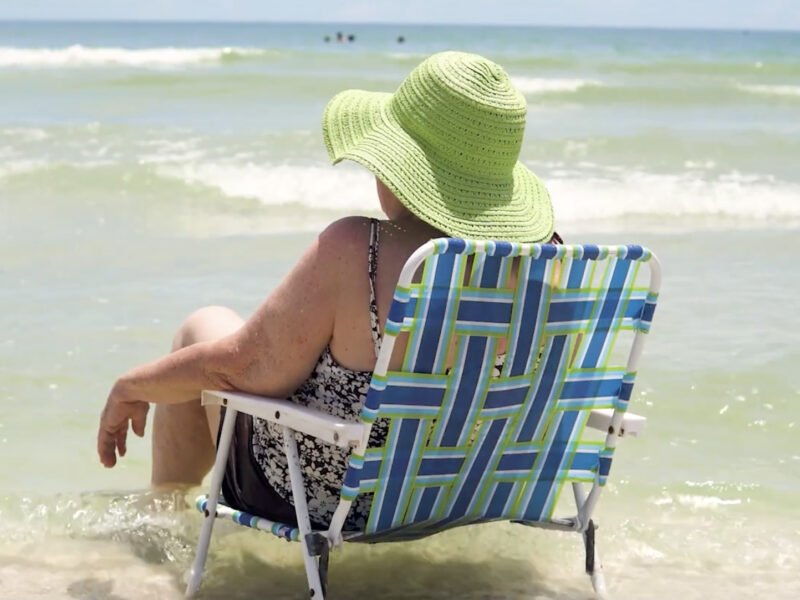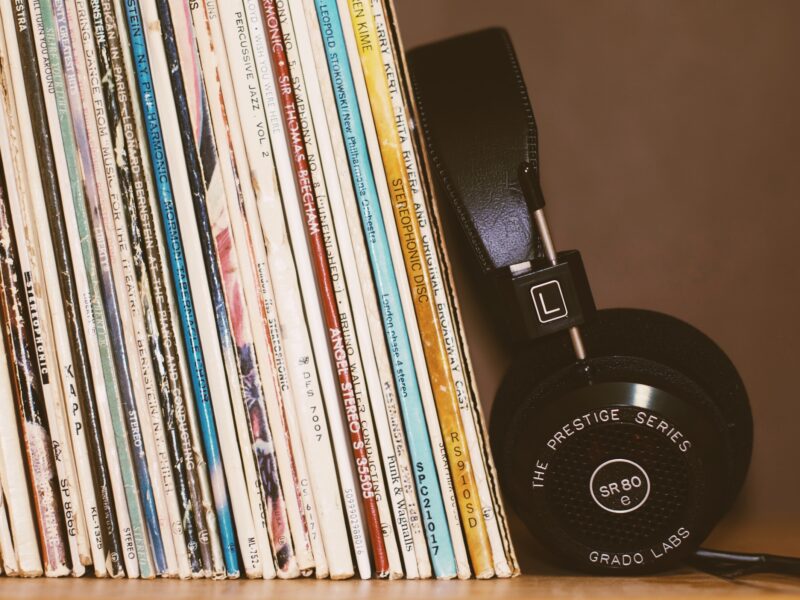Rennó | Conservation Stories
Rosângela Rennó’s Wedding Landscape (1996) is made up of layers of large sheets of plexiglass, to which the artist glued strips of negatives she retrieved from a wedding photography studio in Havana in 1994. Before the work went on view in Chosen Memories, a survey of Latin American contemporary art currently on view at MoMA, our photography conservators made a routine assessment of the work’s condition. What they found—and the best way to treat it—turned out to be anything but routine. “Materials of film are generally held in an archive. So they’re typically not put on display,” explains Craig Kamrath, a photography conservation fellow, “But in this instance, the film is what you’re there to look at, these strips of negatives.” Photography conservator Lee Ann Daffner was baffled: “When I first saw this work, I didn’t know what to think, because we had so many questions.” For one, there was a white, powdery substance appearing throughout the layers of plexiglass. Was it mold, or the dreaded “plexi disease” that can occur when a piece of plexiglass abrades, or something else? Daffner and Kamrath worked with conservation scientist Catherine H. Stephens and conservation science fellow Kyna Biggs to take samples and analyze them. But then another problem presented itself: these negatives, made of cellulose acetate, have a limited shelf life before they begin degrading. Thorough detective work needed to be done to determine the age of the negatives and how much acetic acid they were off-gassing, a sign of their decay. And was the plexiglass helping or hurting their condition? “We’re right on the doorstep with this artwork,” Kamrath said. The discoveries are constantly unfolding in our latest episode of Conservation Stories.
Foto di Rikki Chan



